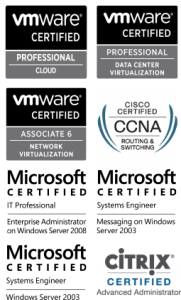Scenario
You’ve tried several different VNC applications and have decided UltraVNC meets your humble Remote Support needs. Now you want to centrally deploy and manage UltraVNC in your domain.
The default installer creates unwanted shortcuts on the user’s desktop, so you need to modify this before rolling out to all client PCs. In addition to this, there are separate installers for 32-bit and 64-bit PCs, so this will have to be accounted for.
Here is how to achieve remote desktop nirvana using UltraVNC:




